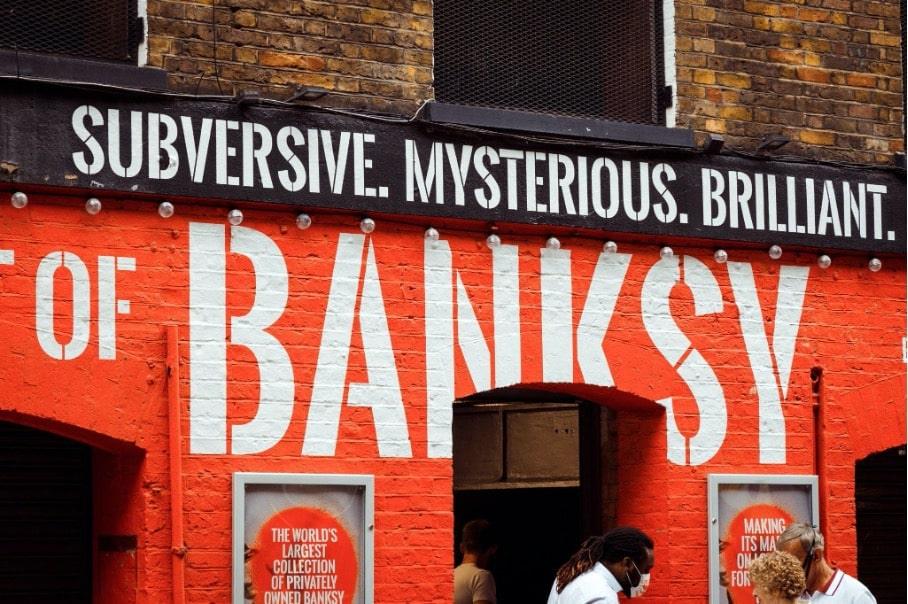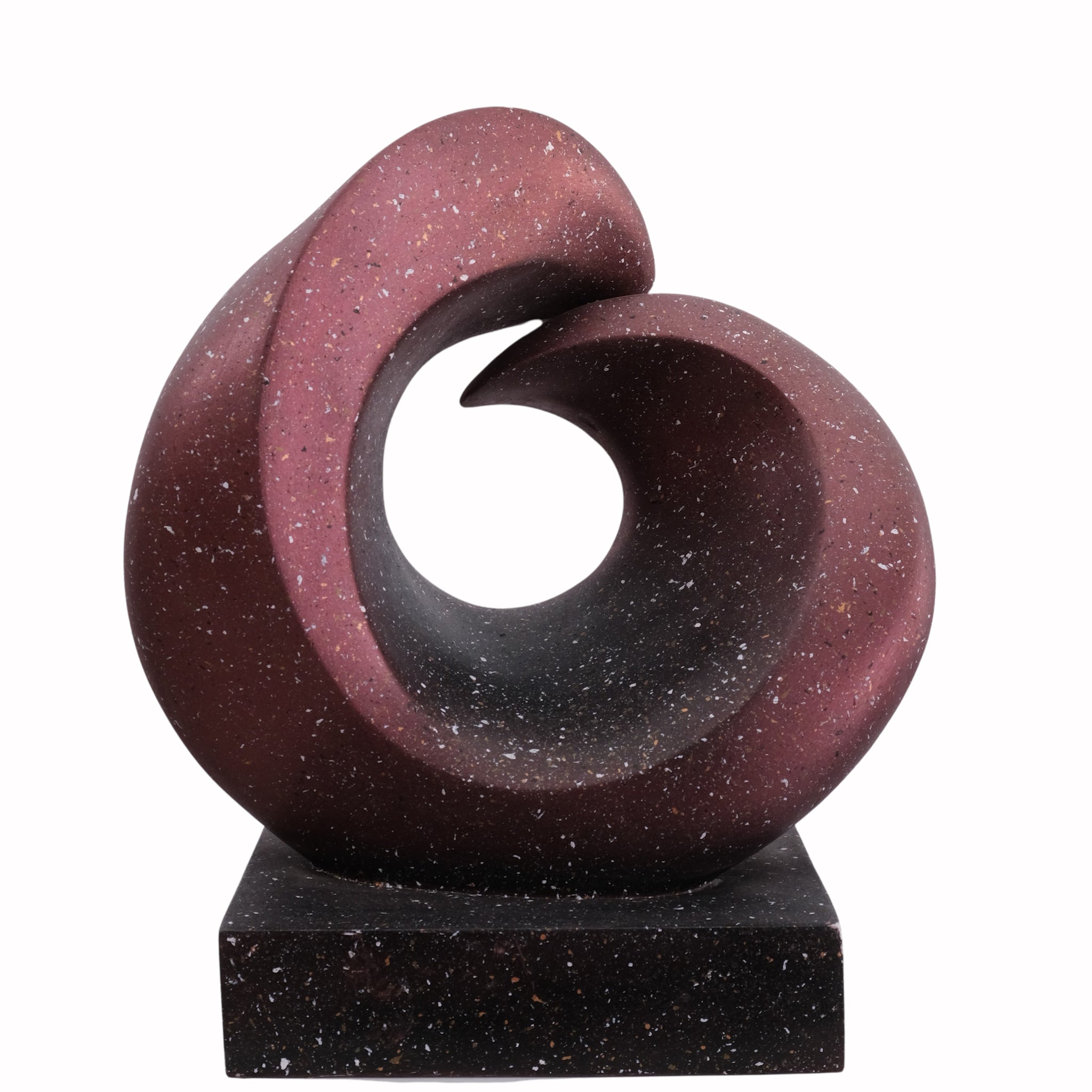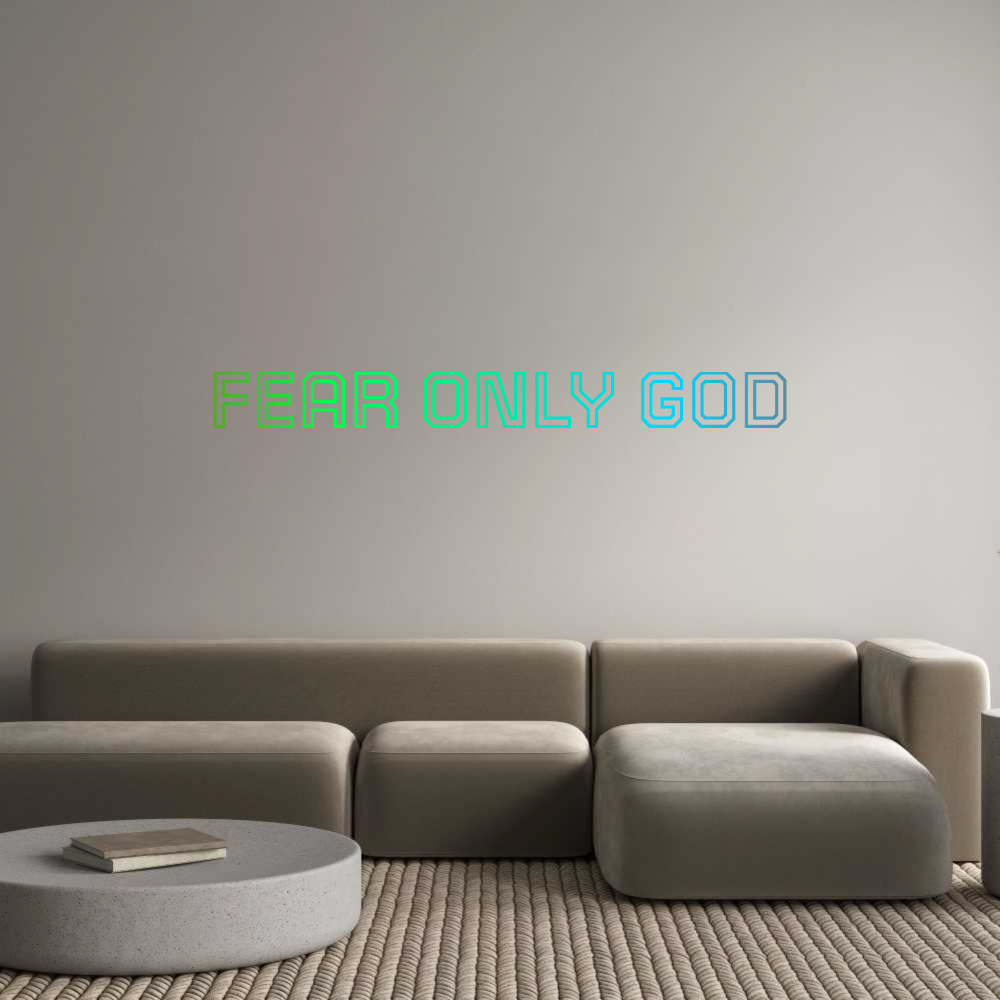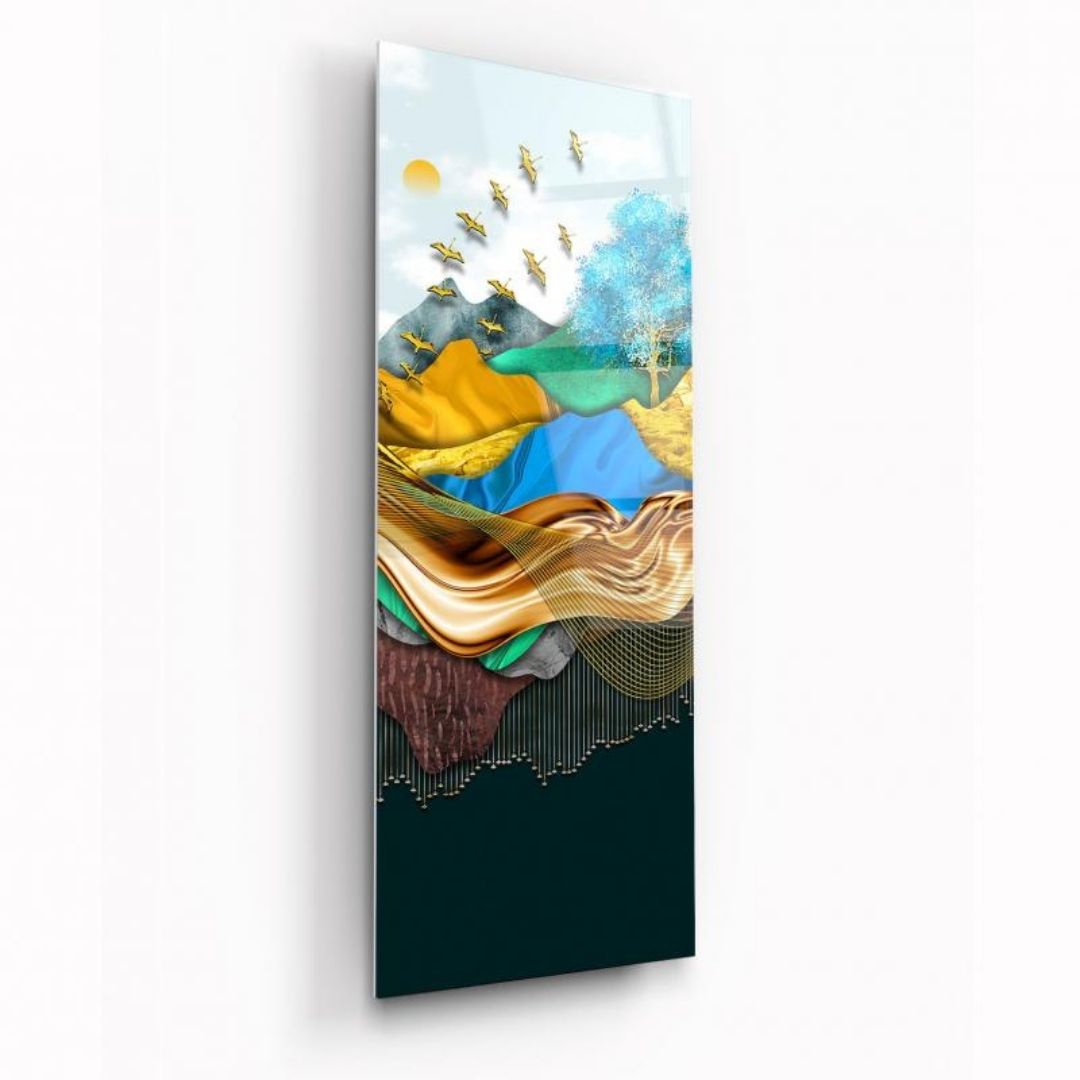
Michelangelo is one of the most iconic figures of Renaissance art. He started his painting career around the age of 12 and influenced the world of art profoundly with his masterpieces. Today, many paintings, sculptures and buildings made by Michelangelo spread throughout Italy and other parts of Europe.
Michelangelo was born in the village of Caprese and grew up in Florence. At the time, Florence was awash with ideas of the Renaissance, and artists sought new techniques, concepts, and themes. It wasn't surprising that a young Michelangelo, influenced by this thriving new era, grew interested in art.
Throughout his career, the famous artist produced almost 200 known works. If we included the works he didn't finish, the number would be even higher because Michelangelo often abandoned the projects he didn't like. If you want to learn about 10 famous works by Michelangelo, you can keep reading the post!
10 Most Famous Work of Michelangelo
Here’s a list of Michelangelo’s most famous works:
- The Torment of Saint Anthony
- Bacchus
- Pietà
- David
- Doni Tondo
- The Sistine Chapel Painting
- Moses
- Crucifixion of St. Peter
- Laurentian Library
- St. Peter’s Basilica
1. The Torment of Saint Anthony – 1487

Let's start with the first known painting by the artist; the Torment of Saint Anthony was created by Michelangelo when he was around 12. The artist based the work on an engraving by German printmaker Martin Schongauer; the young Michelangelo reworked the engraving by adding a landscape and enriching some figures with details.
The painting depicts a scene where some zoomorphic demons attack Saint Anthony, who tries to resist their temptation. The Saint's fixed expression and body posture display his devotion and trust in God while fighting the demons' assault. The Torment of Saint Anthony is also one of the four surviving panel paintings made by Michelangelo.
2. Bacchus – 1497

Bacchus, Michelangelo'’s first sculpture in a large-scale, was created during the artist's early days in Rome. Bacchusdepicts the Roman God of wine with a wreath of ivy leaves on his head and holding a goblet. Although most works of Michelangelo depict scenes from Christian theology, Bacchus is one of his few works focusing on a Pagan theme.
The statue was commissioned by Cardinal Raffaele Riario originally, who later rejected the sculpture as it was sinful and erotic. However, banker Jacopo Galli added the sculpture into his collection until it was bought for the Medici family in 1572. And, since 1871, the sculpture has been at Museo Nazionale del Bargello.
3. Pietà – 1499

One of Michelangelo's firsts was Pietà. The term pietà originally refers to a Biblical scene where Mary carries the body of Jesus after his crucifixion. Although pietà was a relatively common theme in other parts of Europe, it wasn't as common in Italian art. Yet, when French representative Cardinal Jean de Bilhères commissioned the statue, Michelangelo, who often sought opportunities to prove his competence, readily accepted it.
When he completed the sculpture, Michelangelo was only 24 years old. The statue was soon regarded as one of the world's greatest masterpieces in sculpture. Michelangelo's Pietà differed from other works depicting the scene as it includes a younger Mary, who looks almost the same age as her son.
4. David – 1504

David is one of the most iconic works of Michelangelo, who was only 26 when he finished the sculpture. The stone, which Michelangelo used for David, was first intended to be used by other artists for a different project but was abandoned for being structurally compromised. Michelangelo, however, accepted the challenge to create perfection from imperfection.
Michelangelo's David differs from other sculptures depicting David and his triumph against Goliath. In Michelangelo's depiction, David isn't a puny young boy; he is a strong man with a muscular build, he is almost a giant, like his opponent. He is ready for a fight against the monster.
Although it was commissioned to be put on the roof of Florence Cathedral, the sculpture was instead placed in Piazza della Signoria, a public square in Florence. In 1873, David was moved to Galleria dell'Accademia, where it still remains.
5. Doni Tondo – 1507

Doni Tondo is the only surviving panel painting made by the adult Michelangelo. The panel was initially commissioned by the Florentine banker Agnolo Doni to commemorate his marriage to Maddalena Strozzi, the daughter of Strozzis, a distinguished Tuscan family. Michelangelo also made the panel's frame in which the painting is still hung.
Doni Tondo includes three main characters: the child Jesus, Mary, and Joseph. There are nude figures in the background, one of which is John the Baptist. Some features Michelangelo used in the painting, such as the rainbowy palette and characters’ unnatural posing, influenced the later Mannerist movement.
6. The Sistine Chapel Painting – 1512

Probably the most well-known work of Michelangelo, the Sistine Chapel Painting, was commissioned by People Julius II. Michelangelo was unwilling to accept the project because he believed himself a better sculptor than a painter. Nevertheless, when finished, the project was praised by Michelangelo's contemporaries and is still considered one of the greatest works of the Renaissance.
The painting, painted on the ceiling of Vatican City's Sistine Chapel, depicts nine stories from the Book of Genesis. These stories come in three groups: Creation, Adam and Eve, and Noah. We can list these stories as:
- Creation
- The Separation of Light from Darkness
- The Creation of the Sun, Moon, and Plants
- The Separation of Land and Water
- The Creation of Adam
- The Creation of Eve
- The Fall and Expulsion
- The Sacrifice of Noah
- The Great Flood
- The Drunkenness of Noah
7. Moses – 1515

Moses was another religious-themed sculpture by Michelangelo, commissioned by Pope Julius II to be part of his funeral monument but only completed until his death. According to a legend, Michelangelo was so taken with how alive the statue appeared that he struck the right knee of the sculpture with a hammer, commanding it to talk.
The statue, which stands 3.74 metres tall, represents Moses with a long beard and two horns protruding from his head. This representation of Moses in Renaissance art stems from the Vulgate translation of the Bible, where Moses' visage is characterised as "horned" due to perhaps a mistranslation of the original Hebrew bible.
8. Crucifixion of St. Peter – 1550

The Crucifixion of St. Peter is the final fresco executed by Michelangelo. Commissioned by Pope Paul III in 1541, the fresco differs from many earlier depictions of St. Peter in Renaissance art by focusing on the moment of his death rather than his life.
During the fresco's restoration, which began in 2004, it was discovered that the person wearing a blue turban in the upper-left corner might be Michelangelo himself. This idea stems from the practice of Renaissance-era artists wearing blue turbans to keep dust out of their hair. The painting currently resides in the Vatican Palace's Cappella Paolina.
9. Laurentian Library – 1559

One of the most famous architectural works of Michelangelo, Laurentian Library, was commissioned by the Medici pope Clement VII in 1524 to strengthen the intelligent and ecclesiastic image of the Medici family. Michelangelo planned the library's architecture and pioneered the Mannerist style in its design.
10. St. Peter’s Basilica – 1626

St. Peter's Basicila, located in Vatican City, was the tallest building of the time and is still one of the two largest cathedrals in the world today. Pope Nicholas V initially planned the construction; after his death, Pope Julius II took over and devised further plans.
Different chief architects worked on the construction. Michelangelo succeeded Antonio da Sangallo as the chief architect of the building when he was 74. Although he passed away before the building's completion, Michelangelo advanced the basilica's construction to a point where it could be completed without difficulty.
Michelangelo's outstanding works have been influencing many artists for centuries. The Mannerist movement he pioneered in Renaissance art provided a new perspective on the human form and female nudity and introduced concepts like form exaggeration, which would influence the following art movements. The artist's masterpieces have also influenced some of the Artchi's most popular glass paintings and sculptures.







Leave a comment
All comments are moderated before being published.
This site is protected by hCaptcha and the hCaptcha Privacy Policy and Terms of Service apply.